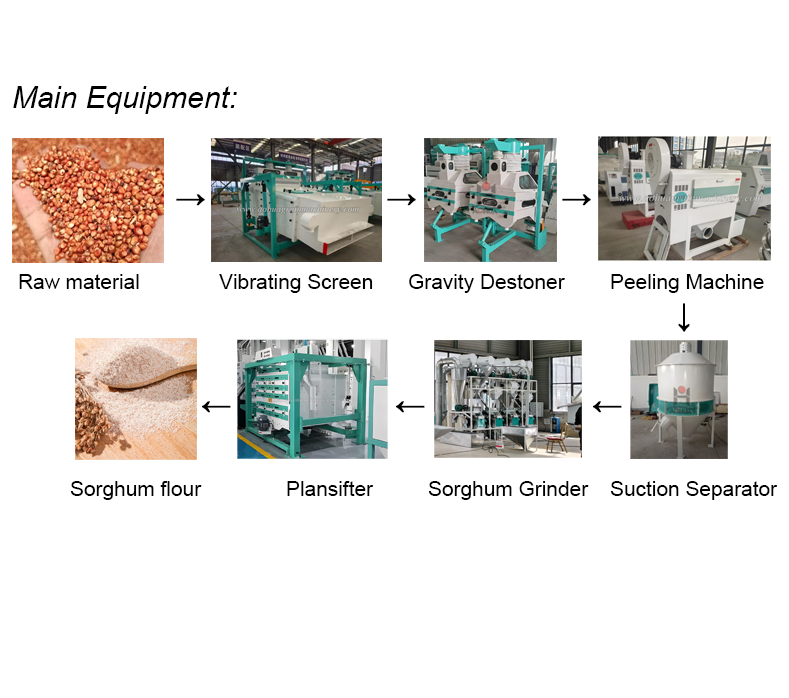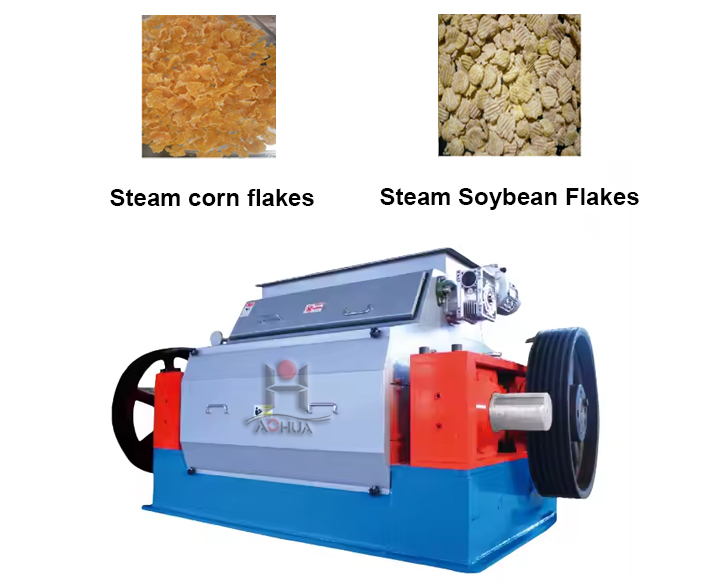How to Process Sorghum for Animal Feed: Efficient Methods & Machinery Guide
Processing sorghum for animal feed involves cleaning, grinding, heat treatment, and pelletizing to enhance its nutritional value. Investing in the right sorghum feed processing machinery ensures efficiency, consistency, and profitability in livestock farming.
Sorghum is a highly nutritious and cost-effective grain widely used in animal feed production. To maximize its digestibility and nutritional value, proper processing is essential. This guide explores sorghum processing techniques and the best sorghum feed processing machinery for high-quality livestock feed.
Why Use Sorghum in Animal Feed?
Sorghum is an excellent alternative to corn and wheat due to:
✔ High energy content – Rich in carbohydrates and proteins.
✔ Gluten-free – Safe for poultry, swine, and cattle.
✔ Drought-resistant – Lower production costs compared to other grains.
However, raw sorghum contains anti-nutritional factors (tannins, phytates) that reduce digestibility. Proper processing improves nutrient availability.
Key Steps in Sorghum Processing for Animal Feed
1. Cleaning & Dehulling
Goal: Remove dust, stones, and outer husks (if needed).
Machinery Used:
Vibratory sieves & air aspirators – Separate impurities.
Dehullers (abrasive or impact type) – Reduce fiber content for better digestibility.
2. Crushing/Grinding
Goal: Break sorghum into smaller particles for easier digestion.
Machinery Used:
Hammer mills – Best for coarse grinding (ideal for poultry & cattle feed).
Roller mills – Produces finer flour (suitable for pig & fish feed).
3. Heat Treatment (Optional but Recommended)
Goal: Reduce anti-nutritional factors (tannins) and improve protein absorption.
Methods:
Extrusion – Uses high temperature and pressure to gelatinize starch.
Roasting/Popping – Enhances palatability for livestock.
Machinery Used:
Feed extruders – Efficient for large-scale processing.
Rotary drum dryers – For small to medium-scale operations.
4. Pelletizing (For Commercial Feed Production)
Goal: Improve feed handling, reduce waste, and enhance nutrient uniformity.
Machinery Used:
Feed pellet mills – Compress ground sorghum into pellets.
Coolers & sifters – Ensure durability and remove fines.
5. Storage & Preservation
Goal: Prevent mold and insect infestation.
Best Practices:
Use silica gel packs or hermetically sealed bags for moisture control.
Treat with organic acids (propionic acid) to extend shelf life.
Choosing the Right Sorghum Feed Processing Equipment
When selecting machinery, consider:
✔ Capacity (small farm vs. industrial feed mill).
✔ Energy efficiency (low power consumption models).
✔ Automation level (manual, semi-automatic, or fully automatic).
✔ Durability (stainless steel for corrosion resistance).
Recommended Machines
Cleaning & Dehulling: Destoners & Hullers
Grinding: Hammer Mill (SFSP Series)
Extrusion: Dry/Wet Feed Extruder
Pelletizing: Ring Die Pellet Mill
Benefits of Processed Sorghum in Animal Feed
✅ Higher digestibility – Crushing/heat treatment breaks down hard starch.
✅ Reduced anti-nutrients – Improves protein & mineral absorption.
✅ Better feed conversion ratio (FCR) – Animals gain weight faster.
✅ Cost-effective – Cheaper than corn in many regions.






